Hawksbill Sea Turtle
- April 2, 2024
- 0 comment
The Hawksbill Sea Turtle, scientifically known as Eretmochelys imbricata, is a captivating marine reptile found in tropical and subtropical waters across the globe. Renowned for its striking appearance and unique shell pattern, the hawksbill is easily identifiable by its sharp, pointed beak-like mouth and overlapping scutes on its shell. These majestic creatures play a vital role in the health of coral reef ecosystems, where they primarily reside. Their diet consists mainly of sponges, but they also consume other marine invertebrates and algae.

Unfortunately, Hawksbill Sea Turtles face numerous threats, including habitat loss, pollution, climate change, and illegal wildlife trade. Despite international conservation efforts, they remain critically endangered. Protecting these magnificent creatures requires collective action, including habitat preservation, anti-poaching measures, and public awareness campaigns. By working together to address these challenges, we can ensure the survival of the Hawksbill Sea Turtle for generations to come.
| Specification | Details |
|---|---|
| Scientific Name | Eretmochelys imbricata |
| Common Name | Hawksbill Sea Turtle |
| Habitat | Coral reefs, rocky areas, shallow coastal regions |
| Distribution | Tropical and subtropical waters worldwide |
| Physical Characteristics | Beak-like mouth, overlapping scutes on shell, vibrant coloration |
| Diet | Mainly sponges, marine invertebrates, algae |
| Conservation Status | Critically Endangered |
| Threats | Habitat loss, pollution, climate change, illegal wildlife trade |
| Conservation Efforts | Habitat preservation, anti-poaching measures, public awareness campaigns |
| Lifespan | Approximately 30 to 50 years in the wild |
| Importance | Vital role in maintaining coral reef ecosystems |
| Legal Protection | Covered under international agreements like CITES |
The Fascinating World of Hawksbill Sea Turtles
Hawksbill sea turtles, scientifically known as Eretmochelys imbricata, are majestic creatures found in tropical and subtropical waters around the world. These beautiful reptiles are known for their striking appearance and important ecological roles.
Habitat and Distribution


The habitat and distribution of hawksbill sea turtles are primarily centered around tropical and subtropical waters worldwide. These magnificent creatures inhabit a variety of marine environments, including coral reefs, rocky areas, and shallow coastal regions. Hawksbill sea turtles are commonly found in the Atlantic, Pacific, and Indian Oceans, as well as in seas surrounding islands and archipelagos. They prefer warm waters with ample food sources and suitable nesting sites.
Key regions where hawksbill sea turtles are frequently spotted include the Caribbean, the Great Barrier Reef, the Seychelles, and other tropical island nations. Despite their widespread distribution, hawksbill sea turtles face increasing threats from habitat degradation, pollution, climate change, and human activities. Conservation efforts are crucial to preserving their habitats and ensuring the survival of these iconic marine reptiles for future generations.
Physical Characteristics
The physical characteristics of hawksbill sea turtles are distinctive and fascinating. These majestic creatures are easily recognizable by their unique features, including their beak-like mouths and intricate shell patterns. Hawksbill sea turtles have elongated, pointed beaks, which resemble the hooked bill of a bird of prey, giving them their name. Their shells are composed of overlapping scutes, or plates, which are beautifully colored in shades of brown, yellow, and orange. This vibrant coloration provides excellent camouflage in their reef habitats.

Additionally, hawksbill sea turtles have four flippers, which they use for swimming and maneuvering underwater. Their streamlined bodies and powerful limbs allow them to navigate through the ocean with grace and agility. Overall, the physical characteristics of hawksbill sea turtles contribute to their allure and make them a truly remarkable species to behold.
Importance of Hawksbill Sea Turtles

The importance of hawksbill sea turtles in marine ecosystems cannot be overstated. These magnificent creatures play a vital role in maintaining the health and balance of coral reef ecosystems, which are among the most diverse and productive habitats on Earth. One of the key contributions of hawksbill sea turtles is their role as “ecosystem engineers.” As omnivores, they help regulate the populations of sponge species on coral reefs by consuming them as a major part of their diet. This grazing behavior prevents sponges from overgrowing and smothering coral, thus promoting the growth and diversity of reef-building corals and other marine organisms.
Additionally, hawksbill sea turtles indirectly benefit the reef ecosystem by promoting the growth of algae, which provides food and habitat for various fish and invertebrate species. Furthermore, their presence on coral reefs helps to maintain the balance of the entire ecosystem by influencing the distribution and abundance of other organisms. Overall, hawksbill sea turtles are essential components of healthy coral reef ecosystems, and their conservation is critical for the preservation of these invaluable marine habitats.
Threats to Hawksbill Sea Turtles
Hawksbill sea turtles face a myriad of threats that jeopardize their survival and well-being. One of the most significant dangers is habitat loss and degradation. Coastal development, pollution, and climate change contribute to the destruction of crucial nesting sites and feeding grounds for these turtles. Additionally, hawksbill sea turtles are highly susceptible to accidental capture in fishing gear, such as trawls and longlines, which can result in injury or death. Illegal wildlife trade poses another serious threat, as hawksbill sea turtles are hunted for their beautiful shells, which are used to make jewelry, ornaments, and other luxury items.
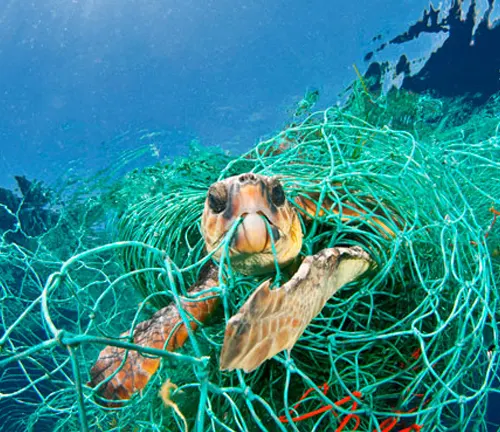
Furthermore, light pollution from coastal development disrupts their nesting behavior, leading to disorientation and nest abandonment. Overall, the cumulative impact of these threats poses a significant risk to the survival of hawksbill sea turtles.
Conservation Efforts
Despite the challenges they face, concerted conservation efforts are underway to protect and preserve hawksbill sea turtles. Various organizations and governments worldwide are implementing measures to mitigate the threats these turtles encounter. Habitat conservation initiatives focus on the protection of nesting beaches and critical foraging habitats, as well as the restoration of degraded ecosystems. Anti-poaching measures aim to combat illegal hunting and trade of hawksbill sea turtles and their products through law enforcement and public awareness campaigns.
Additionally, efforts are underway to reduce incidental capture in fishing gear through the implementation of turtle-friendly fishing practices and the use of specialized gear, such as turtle excluder devices (TEDs). Public education and community engagement play a crucial role in raising awareness about the importance of hawksbill sea turtles and encouraging local communities to participate in conservation efforts. By working together, we can safeguard the future of these magnificent marine creatures and ensure their continued presence in our oceans.
Nesting and Reproduction


Hawksbill sea turtles undertake remarkable journeys to nesting beaches, often returning to the same site where they were born. Here, females dig nests in the sand and lay their eggs, a process known as “arribada.” After an incubation period of about two months, hatchlings emerge from the nest and make their way to the ocean, facing numerous predators along the journey. The survival of hatchlings is precarious, with only a small percentage reaching adulthood.
Diet and Feeding Habits


Hawksbill sea turtles undertake remarkable journeys to nesting beaches, often returning to the same site where they were born. Here, females dig nests in the sand and lay their eggs, a process known as “arribada.” After an incubation period of about two months, hatchlings emerge from the nest and make their way to the ocean, facing numerous predators along the journey. The survival of hatchlings is precarious, with only a small percentage reaching adulthood.
Research and Studies
Scientists continue to study hawksbill sea turtles to better understand their biology, behavior, and conservation needs. Research efforts include satellite tracking, genetic analysis, and population surveys to assess the effectiveness of conservation measures. By gathering data on hawksbill sea turtle populations and their habitats, researchers can inform conservation strategies and management decisions.
Cultural Significance
Hawksbill sea turtles hold cultural significance in many coastal communities around the world. They are revered as symbols of wisdom, longevity, and resilience, and feature prominently in folklore, art, and traditional customs. In some cultures, hawksbill sea turtles are considered sacred animals, and their protection is deeply intertwined with local beliefs and practices.
Legal Protection
Several international agreements provide legal protection for hawksbill sea turtles, including the Convention on International Trade in Endangered Species (CITES) and the Convention on Biological Diversity (CBD). Many countries have also enacted laws and regulations to safeguard these endangered species, prohibiting their hunting, trade, and disturbance of nesting sites.

Challenges Ahead
Despite ongoing conservation efforts, hawksbill sea turtles face numerous challenges that threaten their survival. Habitat degradation, climate change, pollution, and illegal trade continue to pose significant threats to their populations. Addressing these challenges will require sustained commitment from governments, conservation organizations, and local communities to ensure the long-term survival of hawksbill sea turtles.
Different Species
The Hawksbill Sea Turtle, scientifically known as Eretmochelys imbricata, is a single species within the genus Eretmochelys. There are no different species of hawksbill sea turtles; however, there may be various populations or subpopulations distributed throughout different regions of the world.

Frequently Asked Questions (FAQs)
- What do hawksbill sea turtles eat?
Hawksbill sea turtles primarily feed on sponges, but they also consume other marine invertebrates, algae, and occasionally jellyfish. - Where do hawksbill sea turtles nest?
Hawksbill sea turtles nest on sandy beaches in tropical and subtropical regions around the world. - How many eggs do hawksbill sea turtles lay?
Hawksbill sea turtles typically lay around 100 to 150 eggs per nest, although clutch sizes can vary. - How long does it take for hawksbill sea turtle eggs to hatch?
The incubation period for hawksbill sea turtle eggs is approximately 60 to 70 days, depending on environmental conditions. - Are hawksbill sea turtles endangered?
Yes, hawksbill sea turtles are classified as critically endangered by the International Union for Conservation of Nature (IUCN) due to threats such as habitat loss, pollution, and illegal trade. - What is the role of hawksbill sea turtles in the ecosystem?
Hawksbill sea turtles play a crucial role in maintaining the health of coral reef ecosystems by controlling sponge populations and promoting the growth of algae. - How do hawksbill sea turtles defend themselves?
Hawksbill sea turtles rely on their hard shell for protection against predators, but they may also use their sharp beak to bite or swipe at potential threats. - What is the size of an adult hawksbill sea turtle?
Adult hawksbill sea turtles typically measure around 2 to 3 feet in length and weigh between 100 to 150 pounds. - How many hawksbill sea turtles are left in the wild?
Exact population numbers of hawksbill sea turtles are difficult to determine, but they are believed to be declining rapidly, with only a few thousand individuals remaining in some regions. - Do hawksbill sea turtles return to the same nesting beach each year?
Female hawksbill sea turtles often return to the same beach where they were born to nest, a behavior known as natal homing. - What are the main threats to hawksbill sea turtles?
The main threats to hawksbill sea turtles include habitat destruction, climate change, pollution, accidental capture in fishing gear, and illegal trade in their shells.


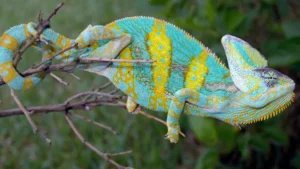


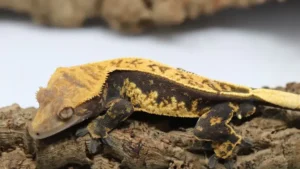

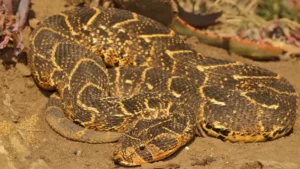
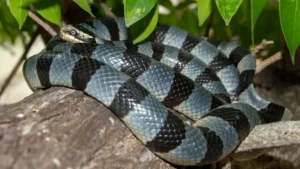
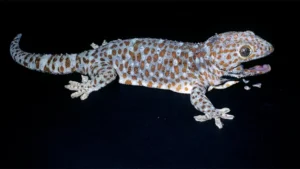
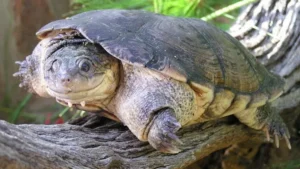

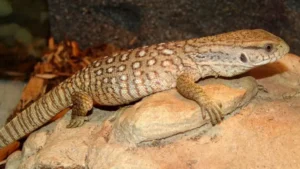
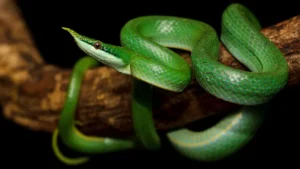
Leave your comment